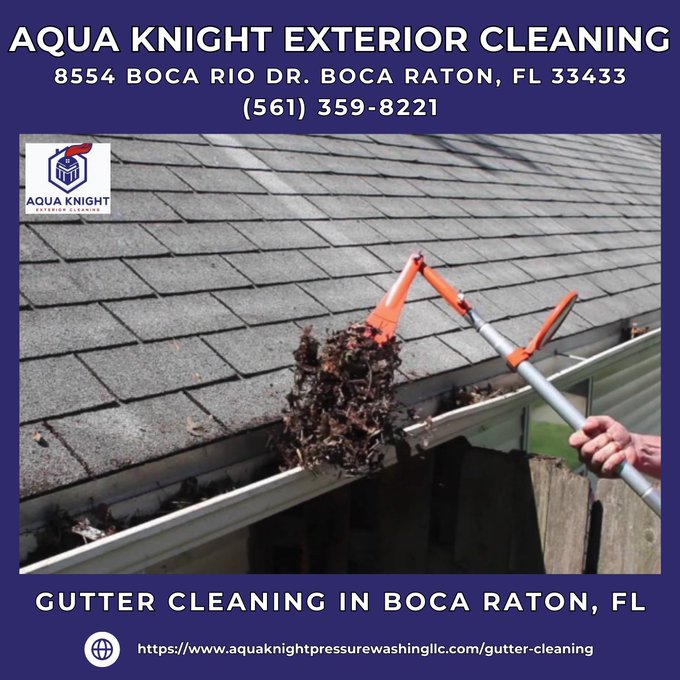Gutters are essential components of any home, directing rainwater away from the structure and preventing damage to the foundation. However, maintaining those gutters can often feel like a chore, especially when they get clogged with leaves and debris. Enter leaf filters: an innovative solution designed to reduce gutter maintenance while effectively managing water flow. In this guide, titled “Everything You Need to Know About Installing Leaf Filters on Your Gutters,” we’ll delve into everything you need to know about these nifty devices, from installation to costs and beyond.
What Are Leaf Filters?
Leaf filters are protective covers installed over gutters that allow water to flow through while keeping leaves, twigs, and other debris out. They come in various types—mesh screens, solid covers, and foam inserts—each with its pros and cons.
How Do Leaf Filters Work?
The primary function of leaf filters is simple: they create a barrier that prevents large debris from clogging the gutters. Water flows through the filter while larger items are deflected away. This mechanism helps maintain clear gutters without frequent cleaning.
Benefits of Installing Leaf Filters
Reduced Maintenance: One of the most significant advantages is that they drastically reduce how often you'll need to clean your gutters. Prevent Water Damage: By keeping gutters clear, leaf filters help prevent potential water damage to your home’s foundation. Longevity of Gutters: Less debris means less wear and tear on your gutter system.Everything You Need to Know About Installing Leaf Filters on Your Gutters
When considering installing leaf filters on your gutters, it’s crucial to understand several factors including types of filters available, installation processes, and maintenance needs.
Types of Leaf Filters Available on the Market
1. Mesh Screens
These are simple mesh coverings that fit over existing gutters. They’re effective for some debris but may not perform well during heavy storms.
2. Solid Covers
Solid covers are typically made from aluminum or vinyl and provide excellent protection against larger debris.
3. Foam Inserts
Foam inserts fit inside the gutter itself and allow water in while blocking debris out.
Installation Process for Leaf Filters
Installing leaf filters can be a straightforward process if you follow these steps:
Choose Your Filter Type: Select a filter based on your specific needs. Measure Your Gutters: Accurate measurements will prevent unnecessary waste. Prepare Your Gutter System: Clean out existing debris before installation. Install the Filter: Depending on the type of filter you choose, installation might require clips or adhesive. Test for Effectiveness: Once installed, ensure that water flows freely through the system.Costs Associated with Installing Leaf Filters
So how much does it cost? The price can vary widely based on several factors:
- Type of filter Size of your home Labor costs if hiring professionals
Typically, homeowners may spend anywhere from $10 to $30 per linear foot for materials alone.
How Often Should You Clean Your Gutters?
It's essential to establish a cleaning schedule for your gutters even if you have leaf filters installed:
- In Florida's climate, where leaves fall year-round due to tropical foliage, it's advisable to check at least twice a year. Homeowners should consider cleaning after significant storms or heavy winds.
Should I Tip the Guy Who Cleans My Gutters?
When hiring professionals for gutter cleaning:
- Tipping is appreciated but not mandatory. If they go above and beyond or handle unexpected complications well, a small tip can show gratitude.
How Can I Save Money on Gutter Cleaning?
Here are some tips for saving money:
DIY cleaning (if safe) Schedule cleanings during off-peak seasons Invest in quality gutter guards or leaf filtersIs It Worth It to Clean Your Own Gutters?
Cleaning your own gutters can save money but comes with risks:
- Safety concerns when climbing ladders Time investment versus hiring professionals
Consider all factors before deciding!
What Happens If You Don't Clean Your Gutters?
Neglecting gutter maintenance can lead to serious issues:
Water damage affecting your home's foundation Pest infestations Roof leaks due to clogged drainage systemsAre Gutter Covers Worth It?
While they require an upfront investment, many homeowners find them worthwhile due to reduced maintenance costs in the long run.
Gutter Cleaning Costs in Florida
In Florida specifically:
- The average cost can range from $100-$300 depending on house size and complexity.
How Much Does It Cost To Clean Gutters In FL?
Many companies charge between $80 – $200 for standard single-story homes.
What Is The Average Cost Of Gutter Cleaning In My Area?
This varies by location; local market rates will significantly influence pricing.
FAQs About Gutter Maintenance
1. How often should I get my gutters cleaned?
Every six months is generally recommended; however, check more frequently during fall seasons when leaves accumulate rapidly.
2. Can I clean my gutters without making a mess?
Yes! Use tarps below your work area; this catches most debris as you clean.
3. What cleans gutters the best?
A combination of tools—a trowel for scooping debris out followed by a hose for washing down remaining Click here dirt—works wonders!
4. Is it too late to clean my gutters now?
It’s never too late! Cleaning them now can prevent further damage later down the line!
5. Do I need a license for gutter cleaning in Florida?
Typically no license is required unless running it as a business which may require certification/insurance depending on local laws.
6. "Why do Florida houses not have gutters?"
Due largely because heavy rainfall patterns don’t necessitate them compared with other regions where drainage is critical.
Conclusion
In conclusion, understanding everything you need to know about installing leaf filters on your gutters will empower you as a homeowner looking after one of your most valuable assets—the integrity of your home! With proper knowledge about types available along with their benefits coupled with regular maintenance schedules (even if utilizing professional help), you’ll rest easy knowing that both rainwater drainage systems work efficiently—keeping both foundations dry & pest-free!
